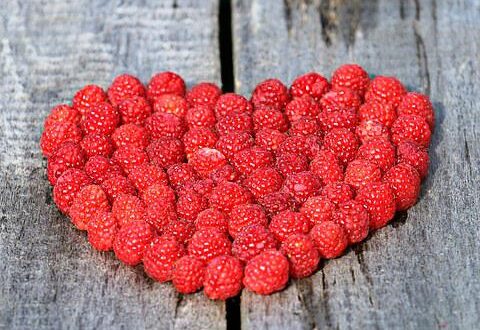
What is Hoodoo?
What is Hoodoo?
Hoodoo was born in the southern United States as a new form of Voodoo. It is a magic system based on West African, Catholic and Indian beliefs. Hoodooists are involved in witchcraft and herbalism. For this reason, calling Hoodoo the folk magic of African-Americans is as justified as possible.
In 1718, French settlers arrived in the southern United States. They founded a city on the Mississippi River – New Orleans. Along with them came black slaves brought from Haiti. It was in Haiti that the Voodoo cult, a fusion of West African beliefs and practices with Christianity, was born. On Louisiana soil, with the further influence of Christianity and additionally Indian beliefs, its form changed significantly. This gave rise to New Orleans Voodoo, better known as Hoodoo. The term “hoodoo” itself comes from the American language. This is how white people called the Voodoo cult. The term was pejorative – mocking and insulting to its followers. At the time, hoodooists were thought to worship Satan and toil only in human sacrifice. Hoodoo’s bad reputation changed only through the activities of Marie Laveau (1794 – 1881). The “great priestess,” as she was called, was born in New Orleans. She worked as a hairdresser in the homes of the local wealthy. In response to the negative opinions about Hoodoo she encountered in her work, she took to organizing Hoodoo ceremonies for the magnates. These did not include human sacrifice or any other awe-inspiring practices. Instead, she placed great emphasis on incorporating Christian elements into the rituals – the worship of Catholic saints, or the use of the Bible.
Hoodoo vs. Voodoo – similarities and differences
New Orleans Voodoo differs from Creole Voodoo, which is professed in Haiti. However, there are commonalities at certain points. Here are the most important similarities and differences:
In Haitian Voodoo, all attention is focused on worshipping a pantheon of deities – Loa and ancestral spirits. During ceremonies, a specific Loa is summoned to ask favors or give thanks for those already received. Meanwhile, hoodooists are concerned only with magic and herbal medicine. And although they believe in Loa spirits – they do not worship them.
In Hoodoo, there are no priests or division into initiates and laypeople, as there is in Voodoo. Anyone who so desires can become a Hoodoo Doctor.
Hoodoo doctors are involved in the creation of amulets (dolls, mojo, gris gris), which play an important role during rituals. To prepare them, they use materials of natural origin (herbs, wood, animal products i.e. teeth, feathers, bones and even human bodily fluids). The influence of West African beliefs can be seen in this. But Hoodoo docs believe in their own magical power and spiritual strength. They do not turn to Loa spirits for help in creating amulets, as Voodoo followers do.
Hoodoo, like Voodoo, contains Catholic influences, but these manifest themselves quite differently. During rituals, the Bible is used, which is considered a source of magical knowledge. Christian prayers, novena and psalms are recited. They are used to create magical formulas. Hoodooists claim that God used witchcraft when creating the world. Moreover, they also see magicians in Catholic saints. They take as an example Moses, who transformed his staff into a snake to impress the Egyptian Pharaoh and get his people out of slavery. They do not equate Loa spirits with Catholic saints, as voodooists do.
Hoodooists, as already mentioned, are engaged in herbalism. A reference to West African beliefs can be seen here. A legend from Dahomey (today’s Benin, West Africa) says that forest spirits called Azziza gave Legba, the most important deity in the Loa pantheon, knowledge of herbs and their properties, and he shared it with humans. But while Voodoo followers turn to Loa for help in creating medicinal herbal mixtures, hoodooists create them according to their own ideas. What’s more, they also use knowledge from Native Americans.
Finally, the Hoodoo altar is much “more modest” compared to the Voodoo altar. Amulets and candles are arranged on it. Candle magic plays an important role here. Candles come in different colors and shapes. They are selected according to the purpose of the ritual (casting auspicious spells or curses). The candle is anointed with a special oil, and after lighting it, one proceeds to say magical formulas using the Bible. There is no question here, because there cannot be, of “possession” by Loa, as in Voodoo.




